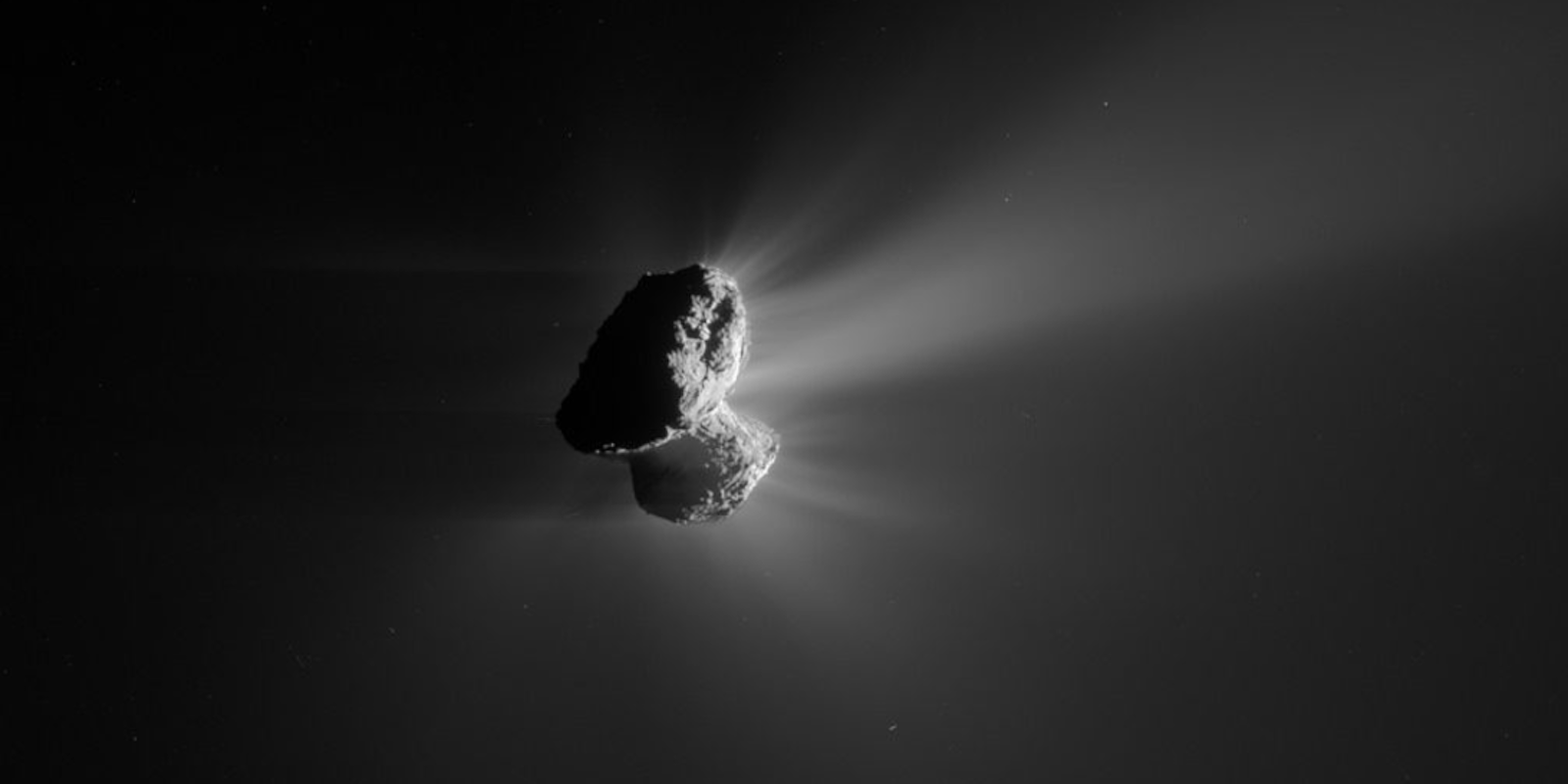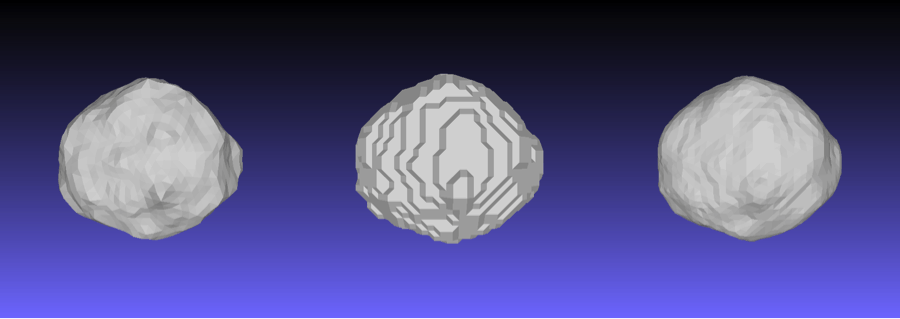NASA‘s no stranger to AI. The space administration includes a number of artificial intelligence laboratories in its fold, such as QuAIL and JPL’s Artificial Intelligence Group (which even has an imaginative moonshot division). Last week at NASA’s Frontier Development Lab 2017, however, six research teams explored the next generation of how artificial intelligence and machine learning algorithms could be used to protect our planet and explore outer space.
NASA FDL is an eight-week long research and development bootcamp hosted in partnership with companies such as Intel, Nvidia, IBM, and Lockheed Martin. Interdisciplinary teams from both the public and private sector work together at it to fill in some blanks in NASA’s already vast understanding of the universe—and how to analyze it. Astronomers, planetologists, and the like study the universe through telescope-snapped photos and radar scans. In a given day, they may have to sort through a thousand images to identify ones with any meaningful information. This is where AI can prove immensely useful—it can sort through that data in a fraction of the time a human can, as long as it’s trained properly.
In its second year, the FDL research teams addressed three areas: planetary defense, space resources, and space weather.
In the realm of planetary defense, one team tackled an issue paramount to the premise of the 1998 blockbuster Armageddon: figuring out how to model the shapes of asteroids. Asteroids aren’t just rocky spheres floating in space. They have unusual geometries, spin around on an axis, and may even tout their own smaller asteroid satellites. All of this is important to know if, say, you wanted to plan a mission that would actually land on one, or if you wanted to plot its trajectory to make sure it won’t eventually collide with Earth.
There are 16,000 known near-Earth asteroids, only 700 of which we’ve observed by radar, and only a fraction of that number whose exact shapes we know. Using a density-based clustering algorithm, the team potentially improved how fast we can model the size and shape of asteroids, from a period of one to two months (currently) to only a few weeks.
Another team used AI to develop a technique that could give us more warning time before impact with a long-period comet—comets that disappear into our solar system for 200 years or more.
First, they had to train their AI algorithm on what a comet looks like in the sky. Even humans have trouble spotting them in images at times; they can be confused with birds or planes, or obscured by cloud cover. Then the algorithm trained on data from known meteor showers and outbursts such as the Perseids. This helped it to identify new, previously unknown meteor showers in our skies and ideally allows it to spot the dust trails of long-period comets that could pose an Armageddon-style threat to our planet—potentially years in advance of impact.
Other teams addressed the issue of solar storms, difficult-to-predict phenomena that can affect communications and electronics here on Earth. Right now, the National Oceanic and Atmospheric Administration (NOAA) can predict general estimates of when a geomagnetic storm or solar flare might crop up. By training AI algorithms on historical data from solar storms, researchers were able to identify which factors are the most important in predicting solar flares. They could also more accurately forecast when periods of high activity may arrive (the ultimate goal being to give us one hour of notice before a major storm strikes).
Where AI holds a ton of promise, though, is when we head out into space. For future lunar missions, researchers are trying to accurately map the moon’s crater-pocked surface, paying particular attention to shadowy craters that could house frozen water. Right now, images of the moon’s surface vary in quality and don’t always match up with the topographical data we have. For this, a deep learning network (Intel Nervana) analyzed 40,000 tiled images of the moon to answer the question: Is that a crater?
This could help future lunar missions by reducing how much onboard water is needed (it costs $25,000 to send one gallon of water into space). And with accurate maps, rovers can rove and find water without fear of plummeting into the depths of a surprise crater.
Accurate, trustworthy AI will be incredibly important to more distant space missions in the future—missions too far or dangerous to send a human. Rover-type devices will need to be able to assess situations and make decisions on their own. And for manned missions, it may become impractical to communicate back and forth with mission control back on Earth. In those cases, consulting an onboard AI could be a good alternative (as long as it doesn’t turn into HAL).
For decades astronomers have been snapping regular photos of our sun, moon, and night skies. Thanks to AI algorithms, we’re finally becoming able to analyze all that data in a meaningful way, saving researchers time, teaching us valuable insights, and preparing us for the next era in space discovery.



